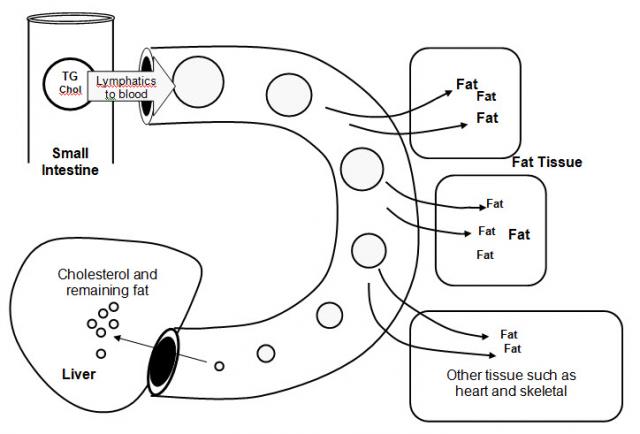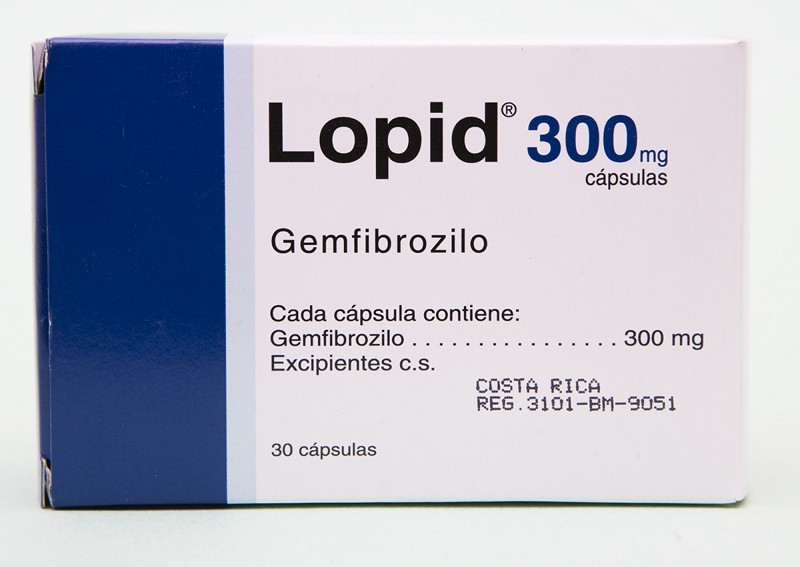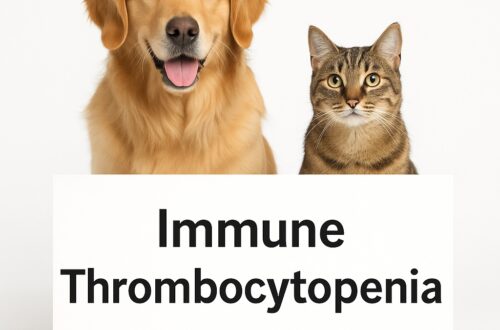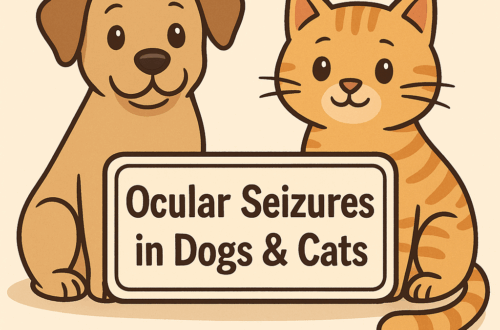Elevated blood fats/lipids (called hyperlipidemia) are a major cause of health issues in humans. These lipids, most commonly cholesterol and triglycerides, can negatively affect heart and cardiovascular health, often times contributing to death. Both dogs and cats can have high cholesterol and triglyceride levels, but dogs are more often affected. High lipids unquestionably pose a threat to our fur babies, as hyperlipidemia has been associated with obesity and pancreatitis, as well as disorders of the nervous system and eyes. This week I discuss the various reasons cholesterol and triglycerides may be elevated in dogs and cats, as well as how to effectively address this health concern for our furry companions. Happy reading!
Fat Question #1: What causes high blood fat levels?
Upon ingestion, enzymes produced by both the small intestine and pancreas initially break down fat from a dog’s diet. The small intestinal tract ultimately absorbs these breakdown products to form triglycerides inside individual intestinal cells. These triglycerides join with other substances like cholesterol to form special molecules called chylomicrons. Chylomicrons initially enter the lymphatic system and ultimately end up in the bloodstream, helping to transport dietary fats to various sites in the body like muscles and the heart where they are broken down by special enzymes to be used for energy. In dogs and cats triglycerides and cholesterol are expected to be elevated for less than 12 hours after eating a fatty meal. Elevated fat levels for more than 12 hours after ingestion should raise concerns for hyperlipidemia.

The metabolism of fat in the body is a relatively complicated process. Any disease that causes problems at any point in the metabolic pathway can lead to elevated blood fat levels. Sometimes a medical condition causes an increased production of fats while others slow down the body’s ability to clear triglycerides and cholesterol from the bloodstream. Diseases commonly associated with high triglycerides and/or cholesterol are:
- Obesity
- Decreased fat clearance from the blood:
- Diabetes mellitus (dogs & cats)
- Hypothyroidism in dogs
- Pancreatitis (dogs & cats)
- Hyperadrenocorticism/Cushing’s disease
- Liver & gall bladder diseases associated with stagnant bile flow (called cholestasis)
- Increased fat production:
- Protein losing nephropathy (PLN) & nephrotic syndrome
- Pregnancy
- Feeding a high fat diet
- Certain cancers (e.g.: lymphoma)
- Congestive heart failure due to dilated cardiomyopathy
- Certain infections (e.g.: leishmaniasis)
- Defects in the enzymes that help clear fats from the blood
- Certain drugs (e.g.: corticosteroids)
Schnauzers of all sizes have a genetic predisposition to hyperlipidemia because they have an abnormality affecting enzymes involved in fat metabolism. A study published in the early 1990s showed 33% of Schnauzers had elevated triglycerides compared to only 5% of the other breeds studied.

Fat Question #2: How can I tell if my pet has high blood fats?
For some pets living with hyperlipidemia there is no outward manifestation of high triglycerides or high cholesterol. For this reason, routine preventative healthcare examinations with a family veterinarian are absolutely essential to help identify problems early before they blossom into major health scares. With that being said, some dogs and cats show intermittent signs of illness, including
- Vomiting
- Loss of appetite
- Diarrhea
- Abdominal discomfort
- Vision abnormalities
- Seizures
Fat Question #3: How are high blood fat levels diagnosed?
Documenting elevated triglycerides and cholesterol is a relatively straightforward process. A veterinarian will perform a simple non-invasive blood test called a serum biochemical profile. Remember recent ingestion of a meal can readily cause fat levels to be elevated for up to 12 hours. For this reason it is generally recommended for testing to occur after a 12-hour fast. Pets may continue to drink as much water as they like. Of course there are some patients for whom fasting for 12-hours is not recommended, and pet parents are encouraged to speak with a member of their pet’s healthcare team for specific recommendations. For some reason asking pet parents to withhold food from their dog for 12 hours is akin to torture. Yet I promise you it isn’t – to learn more, click here!
If a pet is documented to be living with persistently high cholesterol or triglycerides after proper fasting, further diagnostic testing is strongly recommended. You will likely find it beneficial to partner with both your family veterinarian and a board-certified veterinary internal medicine specialist to develop a logical and cost-effective investigative plan.
Fat Question #4: How can you lower a pet’s blood fat levels?
The most important factor is helping to effectively lower a pet’s cholesterol and triglyceride levels is accurately figuring out what is causing the elevations in the first place. Properly treating a patient’s diabetes mellitus or Cushing’s disease results in a rapid improvement of a patient’s blood fat levels. Supplementing thyroid hormone in a dog with hypothyroidism achieves the same goal.
Patients with persistent hyperlipidemia may benefit from being fed a low fat or an ultra low fat one. These foods typically contain less than 20% fat and 10% fat, respectively, on a dry matter basis. Several premium pet food companies have pre-made foods that contain appropriately low fat levels; alternatively one can consult with a board-certified veterinary nutrition specialist to have a home-cooked diet formulated specifically for a pet’s nutritional requirements.
Certain drugs and supplements are available for dogs and cats that may help bring down cholesterol and triglyceride levels. These include:
- Niacin/Vitamin B3
- Gemfibrozil (Lopid®)
- Omega-3 fatty acids
- Dirlotapide (Slentrol®)
- Statins (e.g.: Atorvastatin/Lipitor®)
- Bezafibrate (Bezalip®)
- Chitosan
The use of such medications and supplementations is often simply a Band-Aid® if one doesn’t identify and treat the underlying cause of elevated blood fat levels. Pet parents are strongly recommended to consult with their family veterinarian and/or a board-certified veterinary internal medicine specialist before giving any supplements to their pets. Medications require a prescription for a licensed veterinarian.
The take-away message about elevated blood fat level in dogs…
Several diseases of dogs and cats may cause elevated blood fat levels or hyperlipidemia. Accurate identification of any possible underlying health problem is paramount to effectively lowering triglycerides and cholesterol in affected pets. Partnering with both your pet’s primary care veterinarian and a board-certified veterinary internal medicine specialist be instrumental for devising efficient diagnostic and therapeutic plans.
To find a board-certified veterinary internal medicine specialist, please visit the American College of Veterinary Internal Medicine.
Wishing you wet-nosed kisses,
cgb






